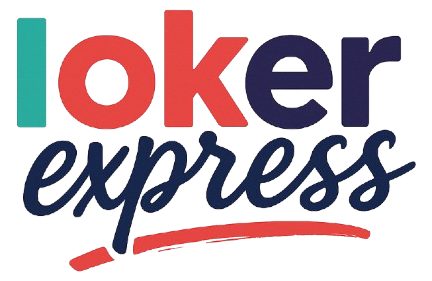What Is Value-Based Budgeting and Why Does It Matter
Traditional budgeting often feels rigid, inflexible, and frankly unrealistic—especially for women managing dynamic lifestyles. That’s where value-based budgeting comes in. Instead of forcing expenses into generic categories like “groceries” or “entertainment,” this method asks a more profound question: “What matters to me?” Then, you build your budget around those priorities.
This shift in approach makes programs like those mentioned in Dow Janes reviews so effective. Dow Janes is known for helping women make financial decisions that align with their values—saving for maternity leave, investing for the future, or paying off student loans with intention. Their supportive community empowers women to take control of their money without judgment. Personalized coaching and actionable tools simplify budgeting in a way that feels human and doable. The result? A budgeting method that adapts to your lifestyle, not vice versa.
The Psychology Behind Values-Driven Financial Planning
Behavioral economists have long known that people don’t make financial choices based solely on logic—we’re emotional creatures. When budgeting lacks emotional connection, people often abandon it. However, according to the Journal of Economic Psychology, individuals who align money with intrinsic goals are more likely to experience financial satisfaction and stick with their plans over time.
Women, in particular, are more likely to manage household budgets, caregiving responsibilities, and personal career ambitions. Dow Janes acknowledges this complexity by confidently teaching women how to navigate these intersections. Rather than trying to fit everyone into the same cookie-cutter budgeting model, their framework personalizes the process, giving every financial decision a deeper meaning. Another important insight? Emotionally resonant goals are more sustainable. That’s why value-based budgeting doesn’t just optimize numbers—it transforms your relationship with money.
A 5-Step Framework to Build a Value-Based Budget
Step 1: Clarify Your Core Values
Start by listing the top 3–5 values that drive your life. Common ones include freedom, family, wellness, security, and growth. These values serve as the foundation of your financial plan.
Step 2: Evaluate Your Spending
Pull the bank and credit card statements from the last three months. Highlight purchases that align with your values—and those that don’t. This exercise is surprisingly eye-opening.
Step 3: Realign Your Budget
Begin reallocating funds from non-essential or misaligned categories toward those that support your values. For example, if “health” is a core value, maybe it’s time to cancel subscriptions you don’t use and invest in a meal plan or fitness program you love.
Step 4: Set Goals Based on What Matters
Instead of abstract goals like “save more,” set targeted, values-based goals like “build a 3-month emergency fund so I can take a creative sabbatical.”
Step 5: Automate and Reflect
Use tools like budgeting apps or spreadsheets (Dow Janes offers easy-to-use templates) to automate aligned spending and review progress monthly.
Common Challenges and How to Overcome Them
“I don’t know what my values are.”
Start small. Use prompts like: What would I do if money weren’t an issue? Or when did I feel proud of a recent purchase? These questions help uncover hidden priorities.
“Unexpected expenses always ruin my plan.”
Build a value-aligned emergency fund. Dow Janes often recommends creating a “Resilience Reserve”—a buffer fund tied to your core value of security.
“I feel guilty about spending on myself.”
Guilt often stems from societal pressure. If a purchase reflects your values—whether it’s therapy, education, or a weekend getaway—it’s not indulgent, it’s intentional.
“I can’t get my partner on board.”
Have a “values discovery” night. Compare lists, find shared values, and build joint goals from there. You may be surprised how much alignment you already have.
By addressing these common pain points, value-based budgeting becomes sustainable and doable.
Success Stories and Research Supporting Value-Based Budgeting
According to a report from Fidelity Investments, women who use value-aligned financial planning are 52% more confident about their long-term goals. They’re also more likely to set and hit savings benchmarks. A CNBC article also reported that budgeting based on personal values helps individuals reduce financial anxiety and make clearer investment decisions. These results aren’t just anecdotal—there’s data to back them up. One woman used a Dow Janes course to pivot careers without going into debt. Her values of flexibility and creativity helped her prioritize savings, trim non-essential spending, and eventually launch her consultancy. Another participant focused on her family value of “legacy” and began contributing to a 529 plan for her children after identifying wasteful luxury purchases that didn’t bring joy. Value-based budgeting gives women the tools to say “no” to what doesn’t matter and a resounding “yes” to what does. And that shift can be life-changing.
Conclusion
At its core, value-based budgeting is a framework for freedom, not restriction. It allows you to take control of your finances by tuning into your deepest motivations and goals. Whether starting your financial journey or resetting after years of feeling stuck, aligning your money with your values offers clarity, confidence, and direction. The real payoff? A financial life that feels just as good as it looks on paper.

